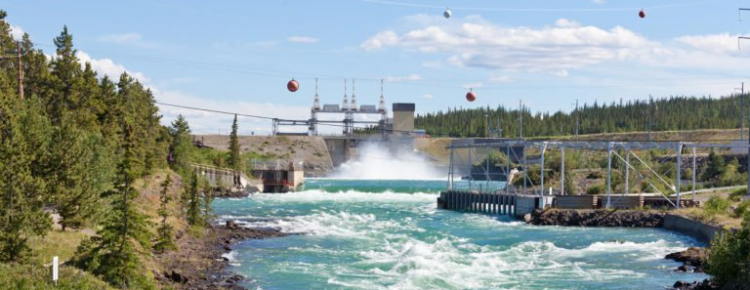
Written by Intengine in partnership with ECO Canada
_____
Hosted by: ECO Canada
EP Member: Price: Free
Non-Member Price: Free
Webinar Length: 60 mins
Career Stage: All Career Stages
_____
Canada’s Energy Efficiency Sector
ECO Canada’s Director of research Claudine Vidallo brings her expertise in labour market studies within a variety of industries to this webinar. Claudine describes ECO Canada’s 2018 research regarding energy efficiency within six industrial sectors of the Canadian market. The results of surveys obtained from 1,853 showed a high demand for energy efficiency workers.
Difficulties in hiring energy efficiency workers is primarily due to a shortage of workers with the necessary skills and competencies. Reducing the supply-demand gap is vital to ensure efficiency standards are supported.
Watch On-Demand
Talking Points:
The construction industry dominates the energy efficiency sector with regards to number of organizations, level of revenue, and jobs. Following construction are wholesale trade and professional/business services. Together, these industries account for over 85% of the energy efficiency sector workforce.
The highest percentage of employees in the energy efficiency sector worked in installation and repair (42.9%), while the lowest percentage was in sales (6.3%).
High levels of growth were projected for the year following this study (2019) for energy efficiency job opportunities in each industry. The highest percentage of projected growth was in the professional and business service industry, with an expected 13.8% rate of growth by 2019, equating to about 5,834 additional jobs made available.
Challenges in hiring energy efficiency workers has proven to be very difficult in the construction industry, while manufacturing, wholesale trade, professional & business services and utilities deemed their hiring challenges to be somewhat difficult. Reasons for these challenges include lack of qualified workers which involves a deficiency of skills and education/training.
Opportunities for sector growth involve attracting specific demographics to the energy efficiency workforce such as women or those of Indigenous descent.
In comparison of this report to studies done by different organizations, other studies have focused primarily on the economic impact of the sector and provide valuable information in addition to ECO Canada’s scope of the study. When comparing energy-efficient workforce numbers in Canada and the U.S., Canada focused more on deployment, while the United States showed more balance in numbers.
Despite this, Canada has a higher proportion of energy efficiency workers when reflected against total Canadian employment.
This webinar session is suitable for employers, governments, education and training institutions, recruiters, students and job seekers.
Watch On-Demand



